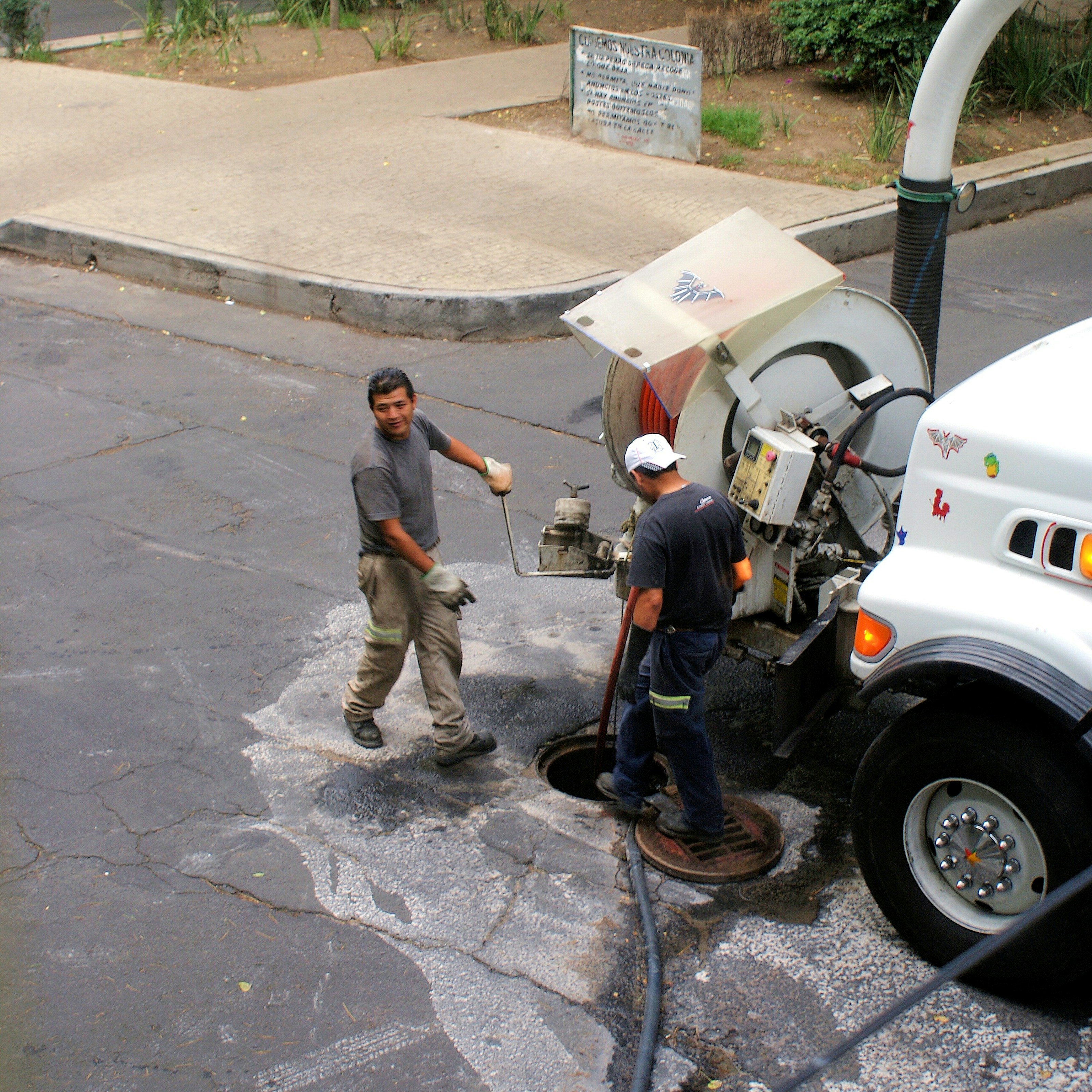Understanding Spray Paint Basics
Spray paint is a popular choice for many DIY projects due to its ease of use and ability to cover large surfaces quickly. At its core, spray paint is composed of pigment, a binder, and a solvent. The pigment provides color, the binder helps the paint adhere to surfaces, and the solvent enables the paint to be atomized into a fine mist. This combination allows for a smooth application and an even finish, making it ideal for a variety of materials including wood, metal, and plastic.
There are several types of spray paints available, each suited for different applications. Enamel spray paints are known for their durability and glossy finish, making them ideal for outdoor projects where resistance to the elements is essential. On the other hand, latex spray paints are water-based, making them more environmentally friendly and easier to clean up, though they may not provide the same level of durability as enamels. Additionally, spray primers are formulated to prepare surfaces by creating a better bonding layer for the topcoat, ensuring a flawless finish.
Understanding the science behind spray paint is crucial for achieving desired results. The atomization process transforms liquid paint into a fine mist, which allows for an even coat when applied. However, several factors can affect the final outcome, including surface preparation, environmental conditions, and spray technique. Proper surface preparation, such as cleaning and sanding, is vital to ensure the paint adheres properly and avoids peeling or chipping. Furthermore, environmental conditions like humidity and temperature can influence how the paint dries and adheres, highlighting the importance of selecting the appropriate time for painting. Finally, mastering the spray technique, which involves holding the can at the correct distance and maintaining a steady motion, is essential to prevent drips and achieve an even coverage.
Essential Preparation Techniques
Achieving a flawless finish with spray paint hinges significantly on proper preparation. Before commencing any painting project, several crucial steps should be undertaken to ensure optimal results. The first and foremost is the cleaning of surfaces to be painted. Dust, grease, and grime can hinder adhesion, leading to unsatisfactory finishes. Utilizing a mild detergent and a soft cloth, the surface should be thoroughly scrubbed. For tougher contaminants, such as oil, a suitable solvent can aid in achieving a clean slate.
Once the surface is clean, sanding becomes a critical next step. Sanding the area lightly using fine-grit sandpaper helps create a texture that facilitates better primer and paint adherence. It is essential to remove any dust generated from sanding with a tack cloth or a damp cloth to ensure a smooth application later on.
The selection of an appropriate primer plays a significant role in the preparation process. Primers are designed to enhance paint adhesion, promote even color coverage, and provide a barrier against peeling and chipping. Depending on the surface material, oil-based or water-based primers may be more suitable. Ensuring that the primer is fully dry before proceeding with spray paint is crucial for achieving a professional finish.
Setting up a suitable workspace cannot be overlooked. Adequate ventilation is essential to avoid exposure to paint fumes, while a dust-free area minimizes the chance of particles contaminating the finish. It is essential to protect surrounding areas with drop cloths or newspaper to prevent overspray and drips.
Moreover, using masking tape to cover areas that should not receive paint is an invaluable practice. Careful masking will contribute significantly to achieving clean lines and preventing unwanted paint application, ensuring a refined final appearance. By following these preparation techniques, individuals can significantly enhance their likelihood of achieving a flawless spray paint finish.
Mastering Spray Painting Techniques
Achieving a flawless finish with spray paint requires an understanding of several key techniques that professionals employ. One of the first aspects to consider is the distance and angle at which the spray can is held during application. Ideally, the spray can should be held approximately 8 to 12 inches away from the surface being painted. This distance allows for an even distribution of paint without overwhelming the surface, which can lead to runs and drips.
In addition to maintaining a suitable distance, the angle of the spray can also plays a vital role in obtaining a smooth finish. Professionals recommend holding the can at a slight angle to ensure that the paint is evenly applied across contours in the surface. A 45-degree angle often helps provide better coverage without focusing too heavily on one spot. Moving the can in a steady, sweeping motion, rather than concentrating on one area, further ensures even application.
Another crucial element in mastering spray painting is the application of thin layers of paint. Applying several light coats rather than a single thick layer minimizes the risk of runs and other imperfections. Each coat should be allowed to dry thoroughly before applying the next, which not only improves finish quality but also enhances durability. This layering technique allows the paint to build up gradually, creating a professional look without compromising the integrity of the surface.
Furthermore, creating a controlled environment is integral. Using a spray booth or ensuring proper ventilation helps prevent dust particles from settling on freshly painted surfaces. These conditions help in maintaining the quality of the final product. Experimenting with different nozzle types can also yield varied results, allowing for customization based on the desired finish and texture. Ultimately, employing these professional techniques will enhance the overall effectiveness of spray painting, ensuring a beautiful and lasting outcome.
Finishing Touches and Troubleshooting
Upon completing the spray painting process, it is crucial to allow sufficient curing time for the paint to settle properly. Curing refers to the chemical process that occurs as the paint dries, allowing it to reach its optimal hardness and adhesion levels. Depending on the type of spray paint and the environmental conditions, this period may vary. It is advisable to consult the manufacturer’s guidelines for specific curing times. Typically, allowing at least 24 hours for the paint to cure can significantly enhance the durability and appearance of the finish.
After the curing period, it is essential to inspect the painted surface carefully. Look for any signs of uneven coverage, which is often a result of inconsistent spray technique. When encountering such issues, lightly sanding the affected areas can help smooth out imperfections, followed by a touch-up application of paint. If you discover dust particles or debris settled in the finish, gently sanding the area with fine-grit sandpaper can also remedy this situation, ensuring that the final surface achieves the desired smoothness.
To further enhance the durability and protection of the spray-painted work, applying a clear coat is highly recommended. This protective layer not only seals the paint but also enhances the aesthetic appeal, adding depth and shine to the project. Various clear coat options are available, including matte, satin, and glossy finishes, allowing you to choose a product that complements your design vision. When applying a clear coat, follow the same spray techniques used in the initial painting process, ensuring even and consistent application. Allow the clear coat ample time to cure before handling the piece extensively; this additional care will ensure your artistry remains both visually striking and resilient against wear and tear.
If you’re interested in purchasing the item you seek, please click the link for additional details: #americanachoice.
https://amzn.to/3SBN3Oy
AFFILIATE DISCLOSURE: I am an affiliate for this company, I am not a paid employee.
I may receive a commission if you click a link on this page and choose to purchase something.
You can rest assured I will only share things I believe in and will be valuable to you.



